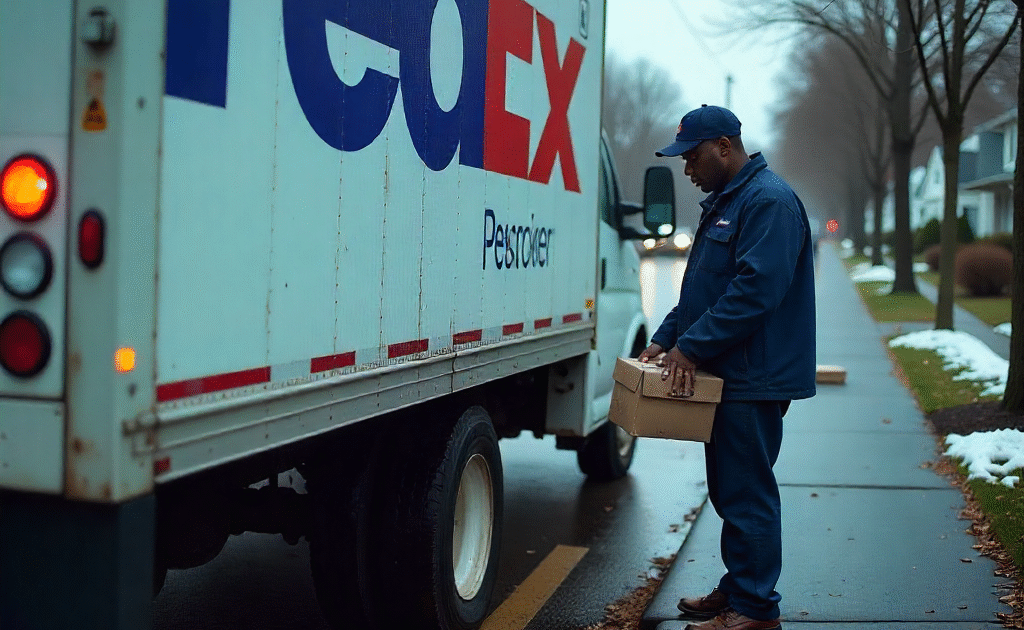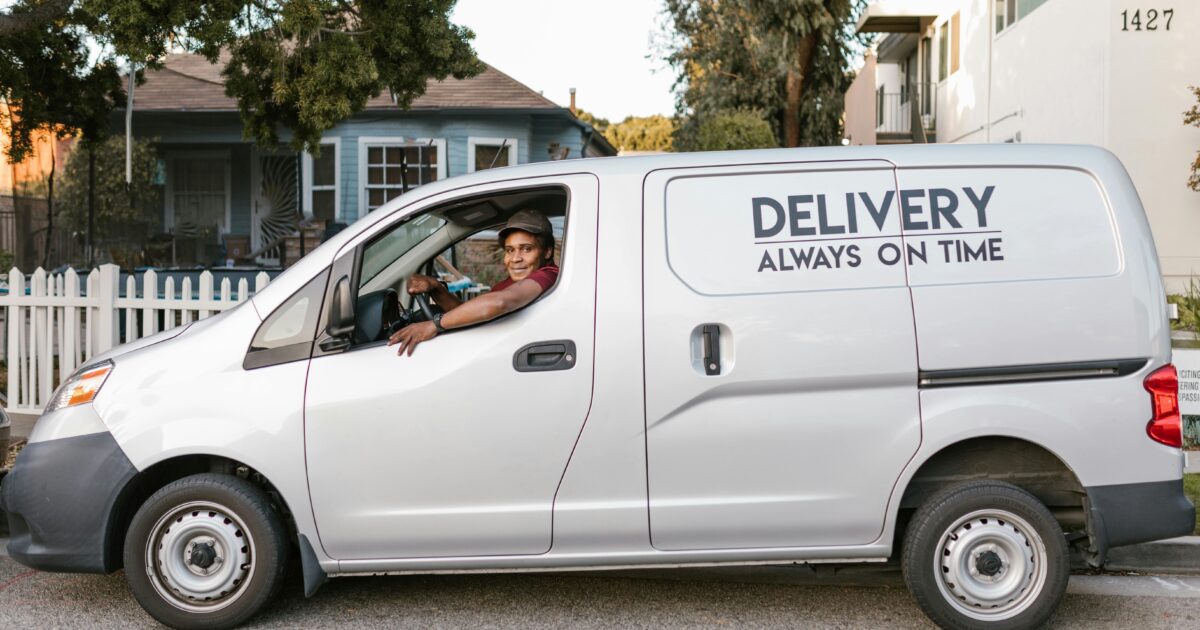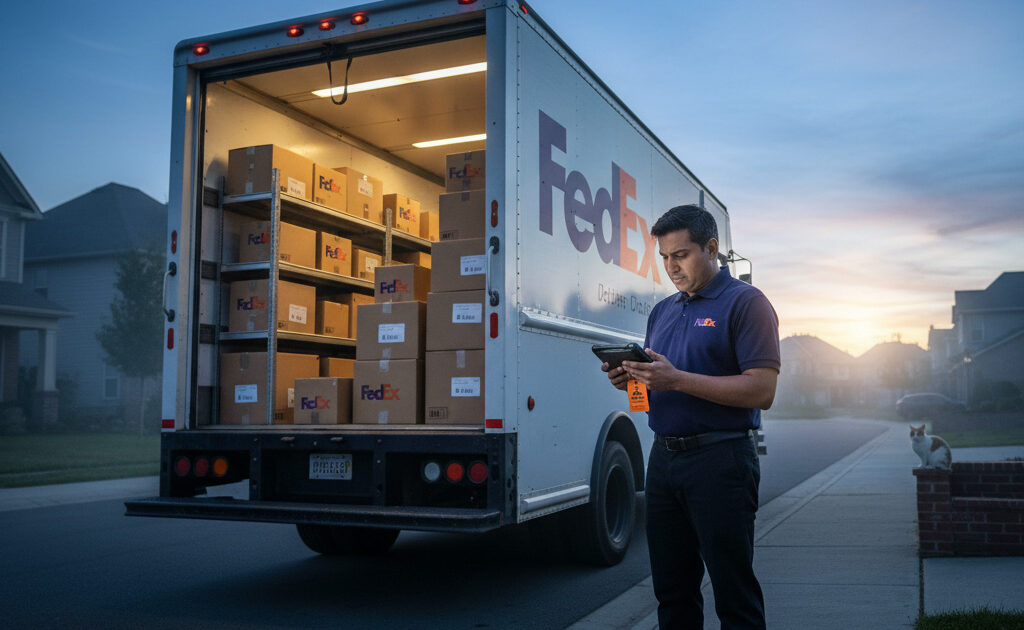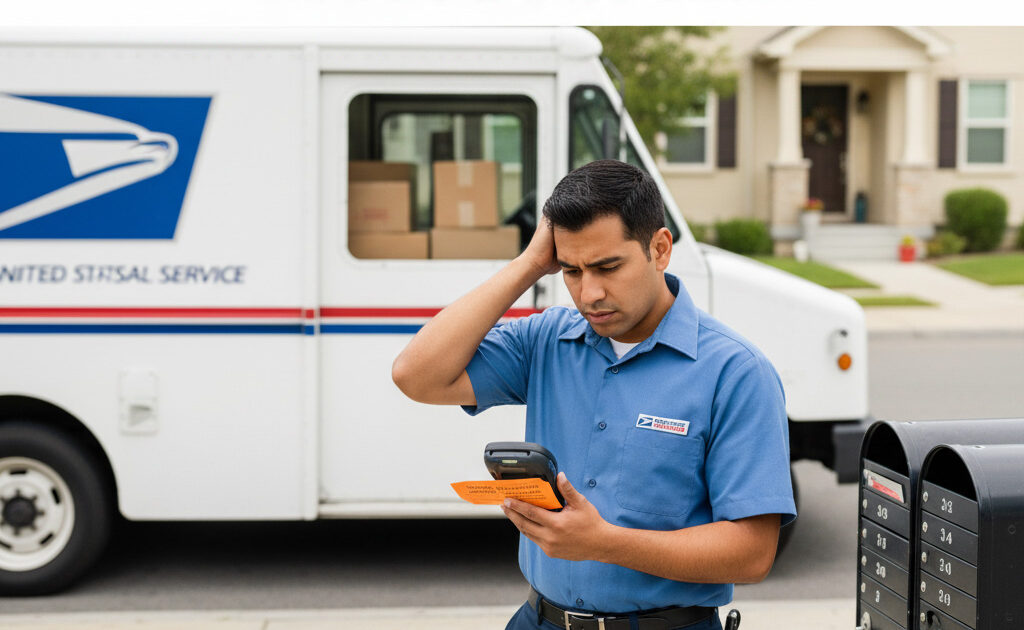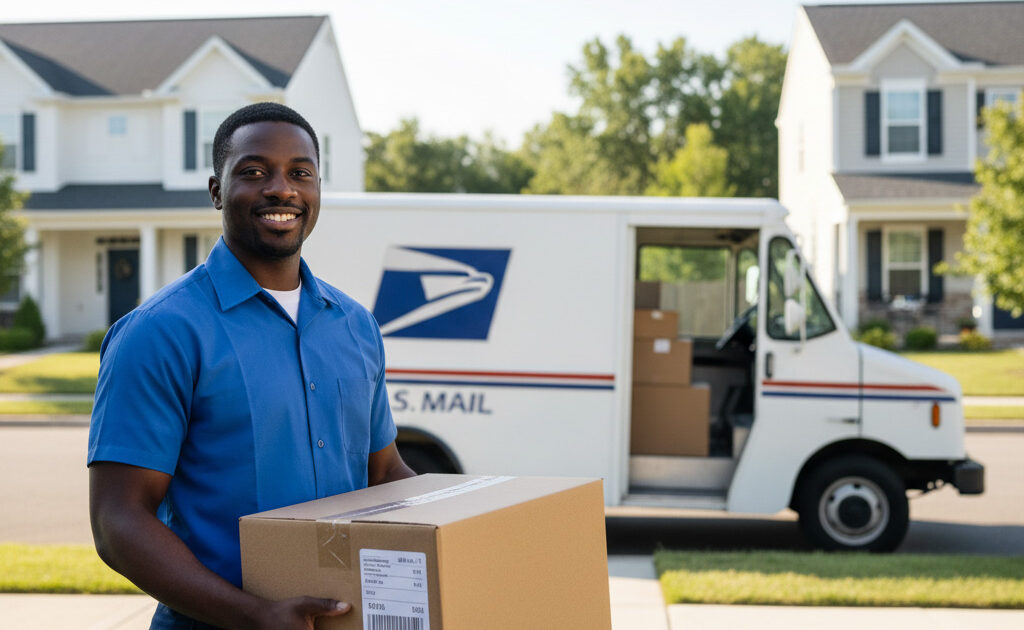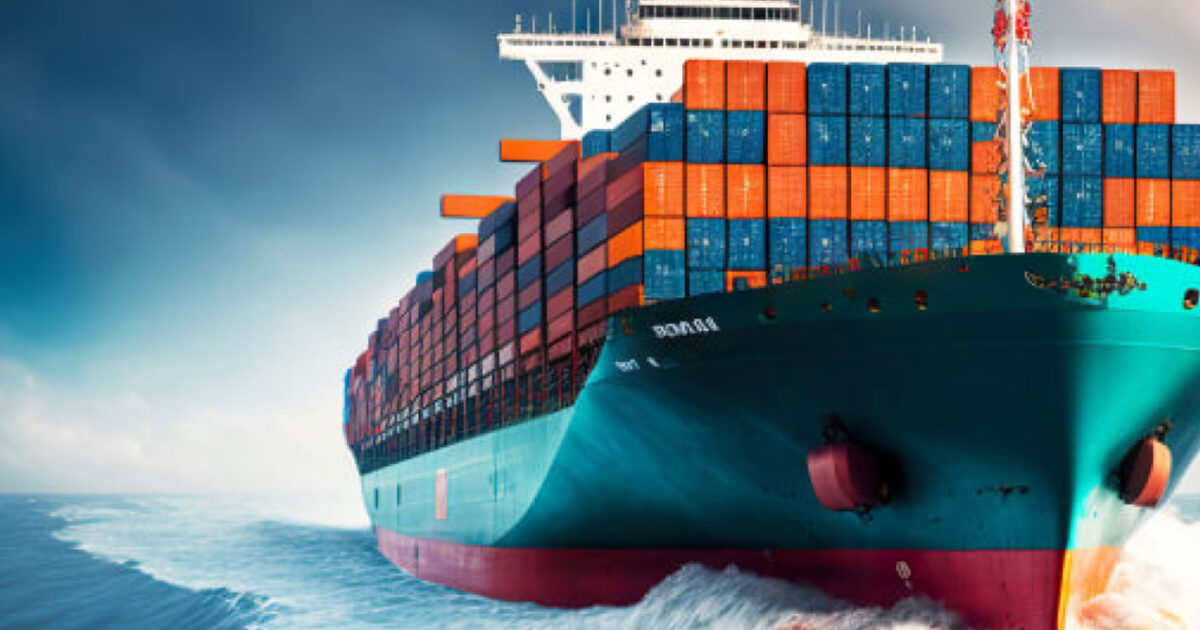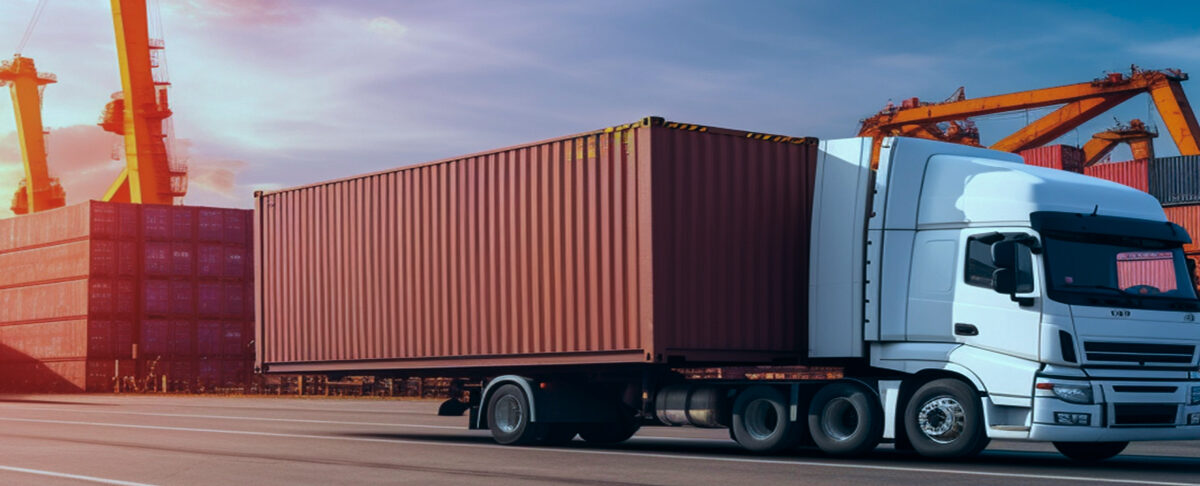What Does Delivery Exception Mean FedEx? You Need To Know
Have you ever found yourself puzzled by a delivery exception notice from FedEx? You’re in the right place. We know getting this kind of update can make you worry about your shipment, but don’t...

